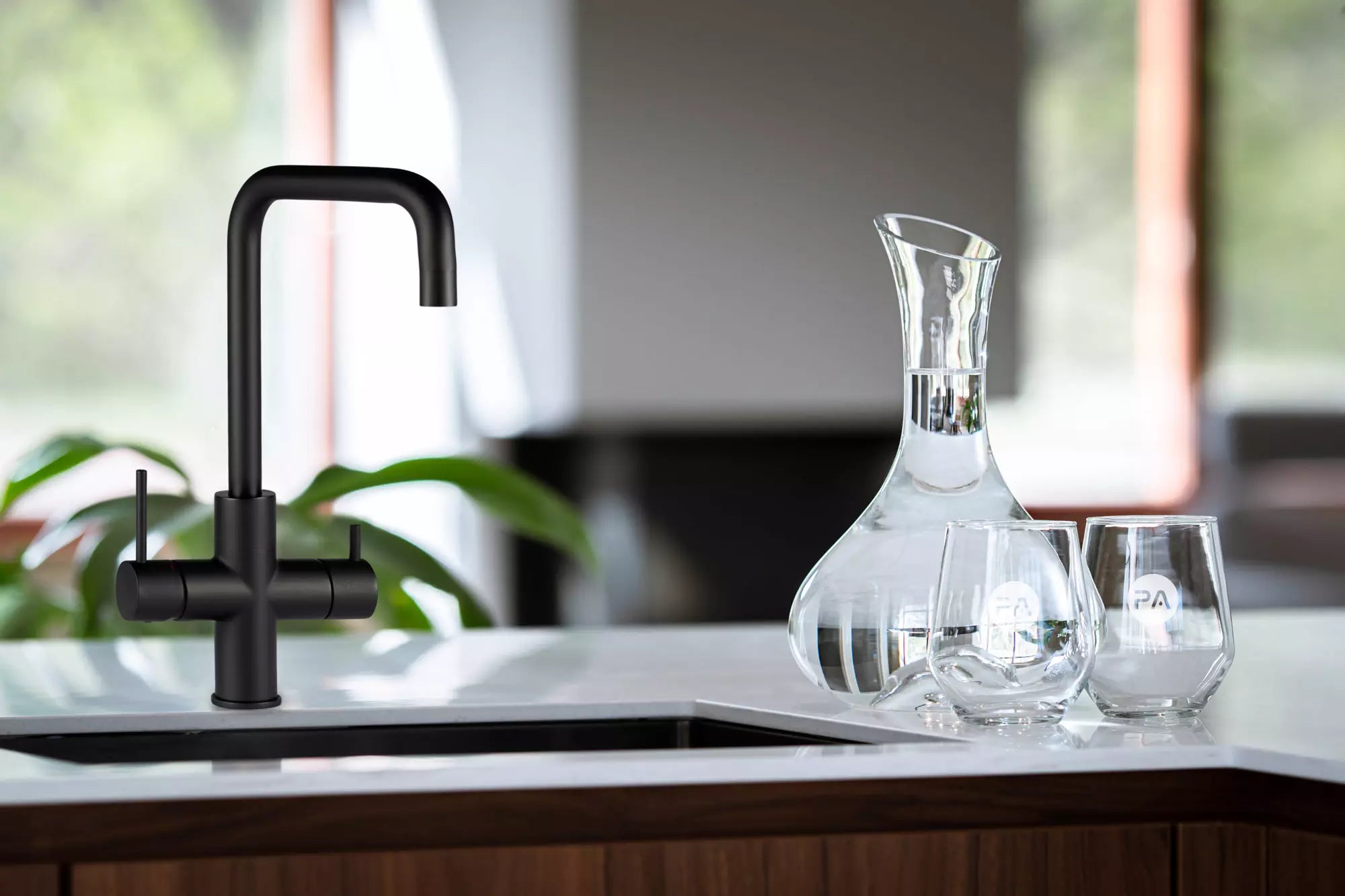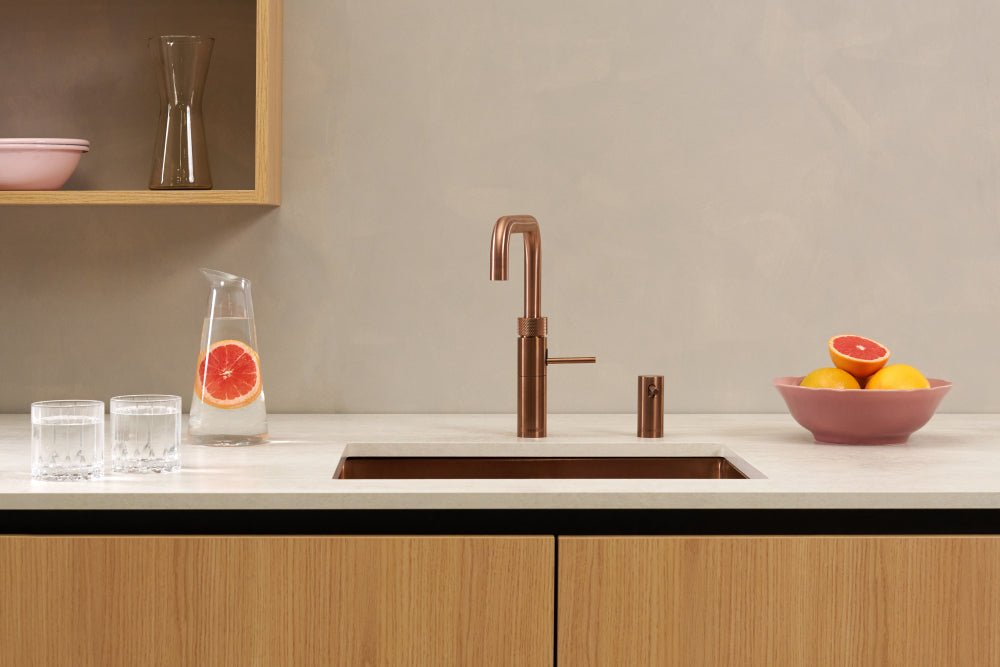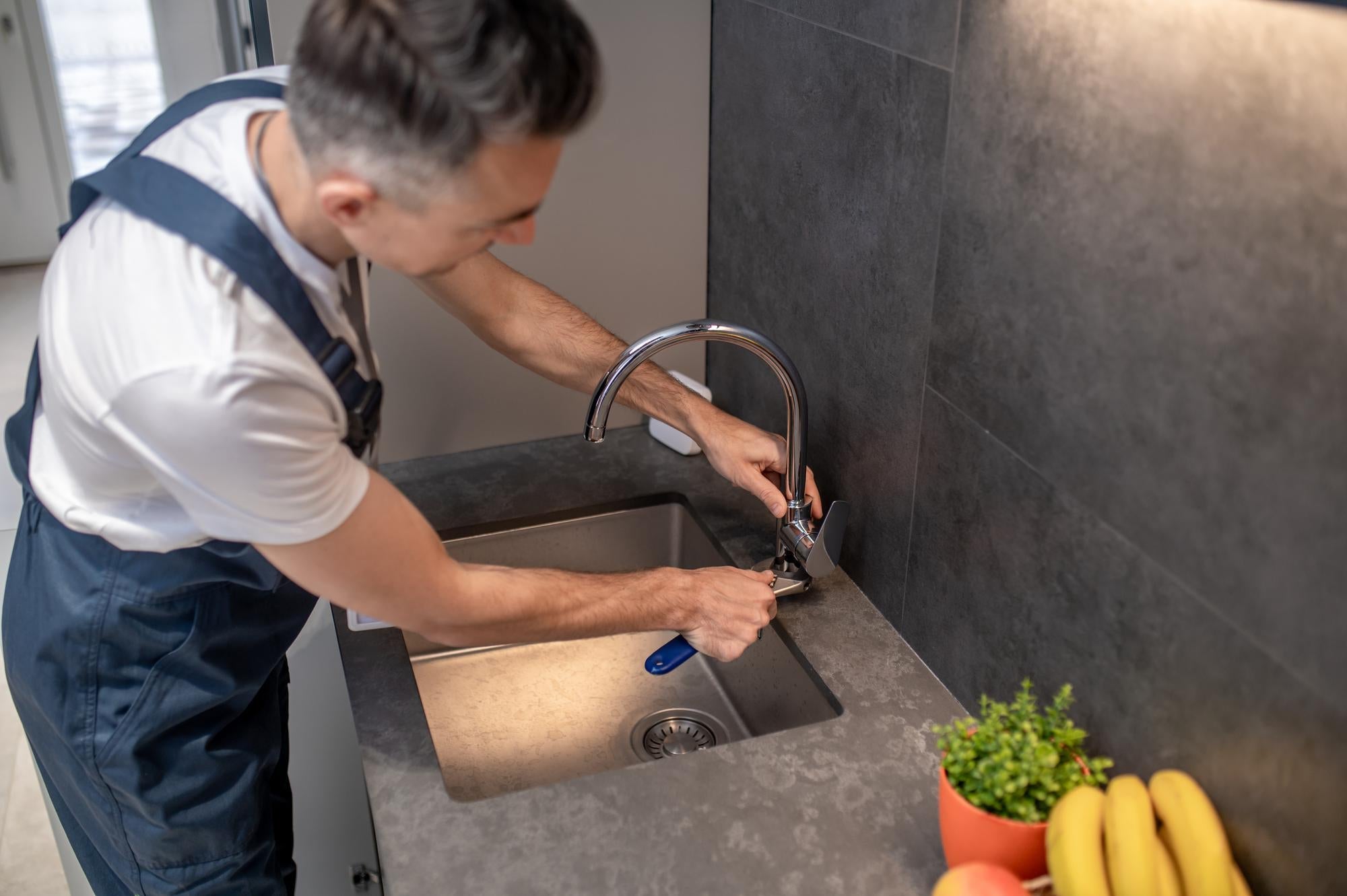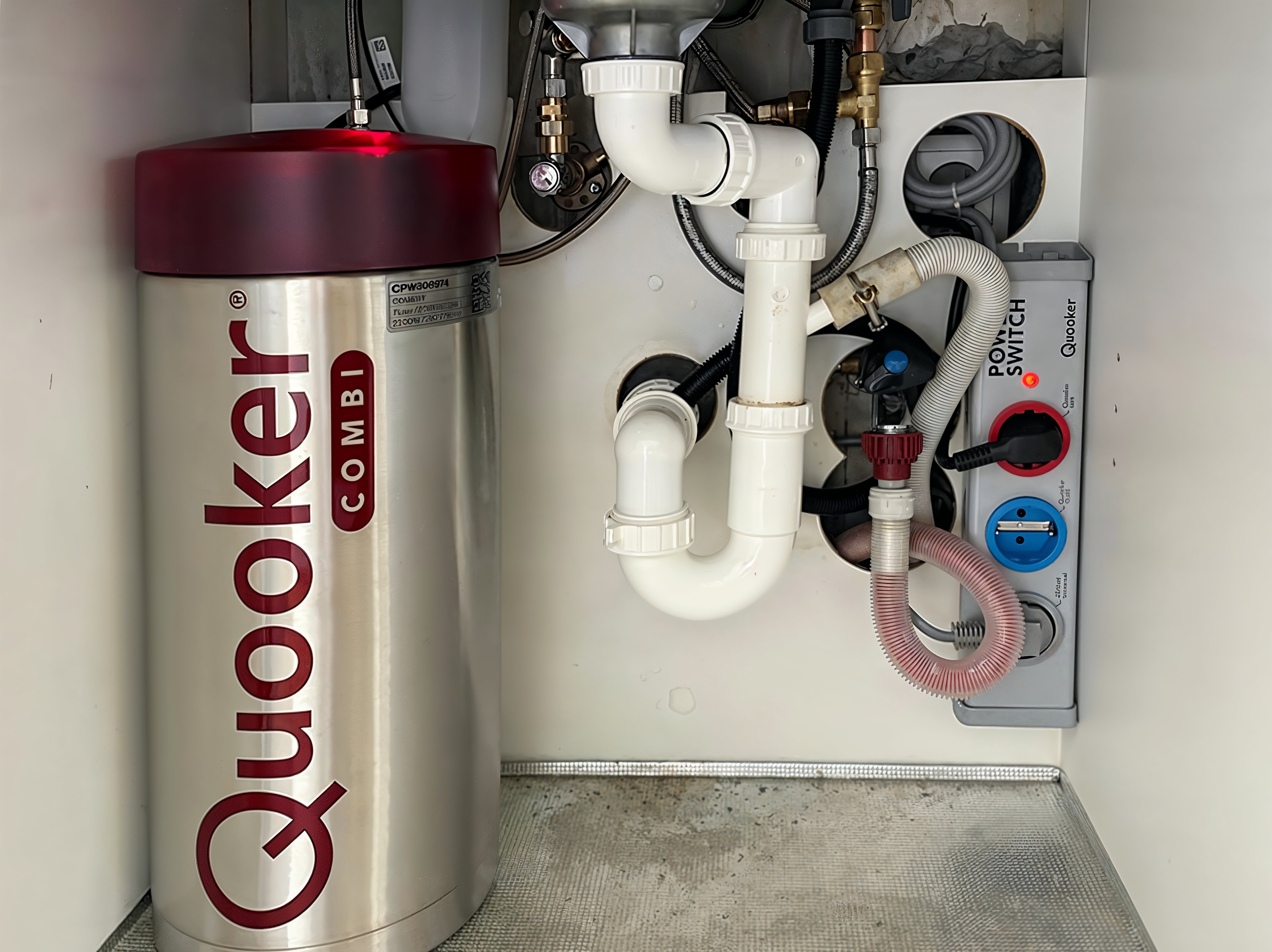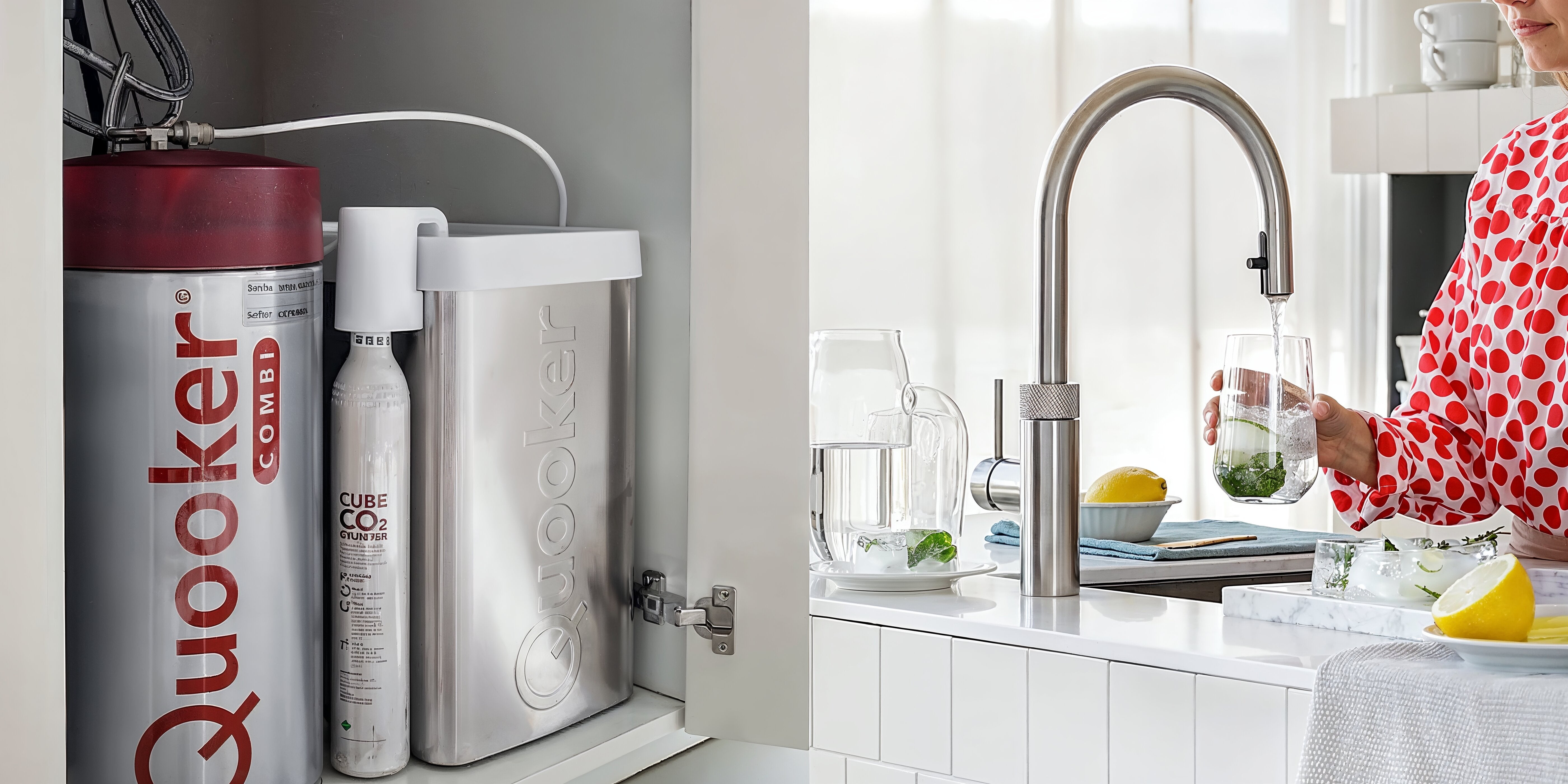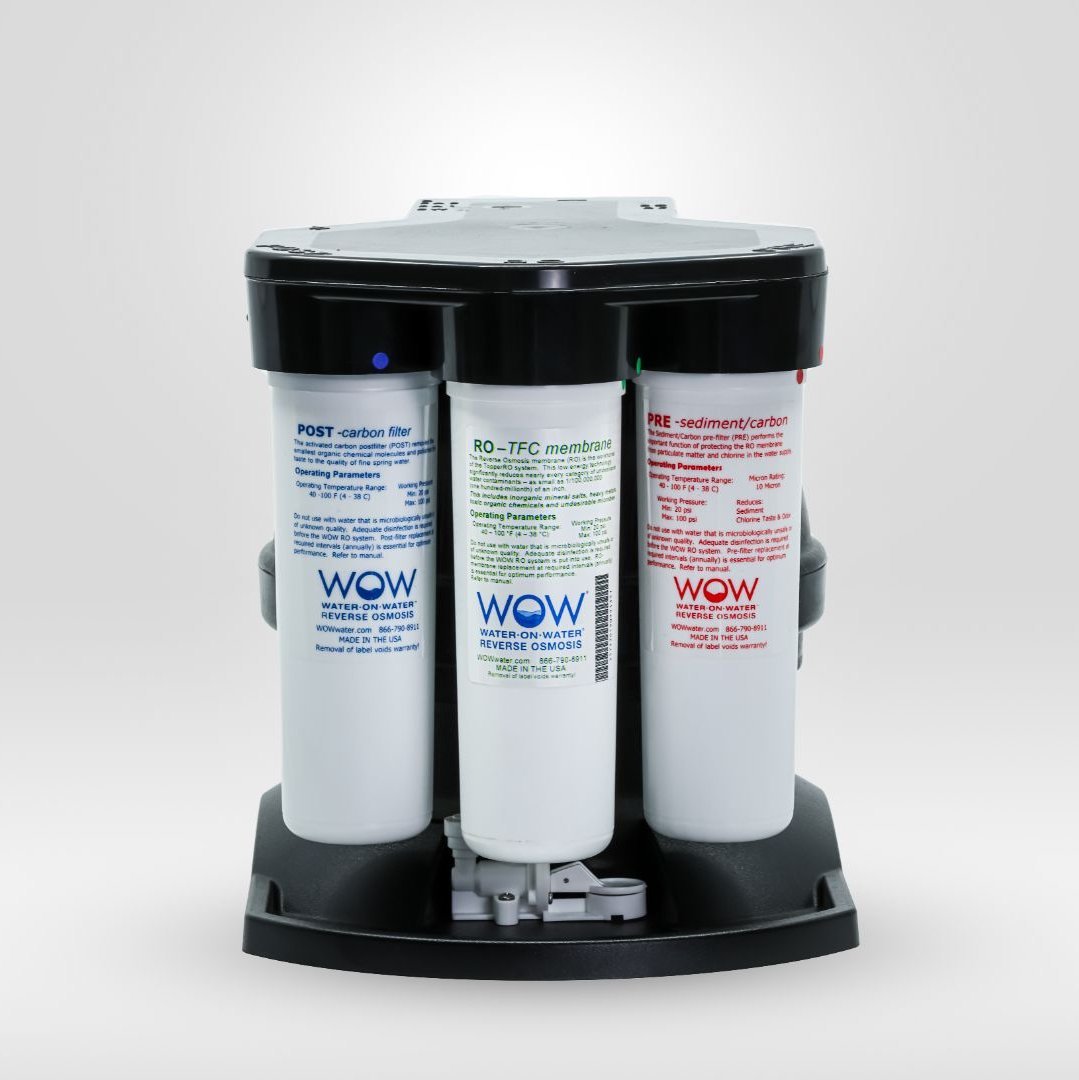Activated carbon filters offer numerous advantages in purifying drinking water. They effectively remove harmful chemicals, improve the taste and odor of water, and are a cost-effective solution for households. The porous structure of activated carbon attracts and retains unwanted substances, resulting in cleaner and healthier drinking water without the use of chemicals.
What are the benefits of carbon filters in water purification?
Carbon filters play a vital role in modern water purification systems. This filtration method uses activated carbon to remove a wide range of contaminants from the water. The key benefits of this technology are impressive: they effectively eliminate chlorine, pesticides, and other chemicals that can be found in our tap water.
Another significant benefit is the improvement in taste and odor. Carbon filters remove substances that can give water an unpleasant taste or odor, making drinks like tea taste better and keeping flowers fresher longer in filtered water.
Additionally, carbon filters are relatively affordable compared to other advanced purification methods, making them a cost-effective solution for households looking to improve the quality of their drinking water.
How do carbon filters work in purifying water?
The working mechanism of carbon filters is based on a process called adsorption. Activated carbon has a huge surface area due to its porous structure—one gram can have a surface area comparable to a football field. When water flows through this structure, contaminants are attracted to the carbon's surface and adhere to it.
This process works particularly well for organic compounds and chlorine. The contaminants are trapped within the pores of the carbon while the purified water flows through. It's important to understand that this is a physical process that doesn't involve adding any chemicals to the water.
The effectiveness of an activated carbon water filter system depends on factors such as the quality of the carbon, the contact time with the water, and the amount of contaminants in the original water.
What contaminants do carbon filters remove from water?
Carbon filters are particularly effective at removing a broad spectrum of contaminants. Chlorine , which is routinely added to tap water for disinfection, is almost completely removed by activated carbon. This not only improves the taste but also eliminates the characteristic pool odor of chlorinated water.
- Pesticides and herbicides that can end up in groundwater
- Industrial solvents and chemicals
- Volatile organic compounds (VOCs)
- Certain heavy metals
- Pharmaceutical residues
It's important to know that the quality of our tap water is under increasing pressure. Market research shows that 62% of Dutch people recognize that keeping tap water sufficiently clean is becoming a challenge. Our soil is becoming increasingly polluted, which unfortunately causes water quality to deteriorate.
What is the difference between carbon filters and other water filter systems?
Compared to other filtration technologies, carbon filters have specific advantages and limitations. Reverse osmosis systems, such as The Source from PureAqua, remove up to 99% of unwanted substances from tap water, including minerals and salts that carbon filters cannot remove.
| Filter system | Advantages | Limits |
|---|---|---|
| Carbon filter | Removes chlorine and organic matter, improves taste | Does not remove minerals or salts |
| Reverse osmosis | Removes virtually all contaminants | Higher water consumption, more complex system |
| UV filtration | Kills bacteria and viruses | Does not remove chemicals or particles |
| Ceramic filters | Removes bacteria and parasites | No effect on chemical contaminants |
Many modern water filter systems combine different technologies for optimal results. For example, a system can use both carbon filtration and reverse osmosis to remove both chemicals and dissolved minerals.
Key insights into carbon filters for water purification
In summary, carbon filters offer an effective first line of defense against common contaminants in our drinking water. Choosing the right filter system depends on the specific water quality in your region and your personal needs.
For optimal results, it's advisable to regularly test your water quality. A TDS meter allows you to measure the amount of dissolved solids in your water. High TDS levels indicate a high level of dissolved solids, while low levels indicate purer water.
At PureAqua, we are passionate about providing high-quality, pure drinking water systems. Our systems are designed for efficiency and sustainability, producing significantly less wastewater compared to traditional filtration methods. For more information on which system is best for your home, please feel free to contact us for personalized advice.
